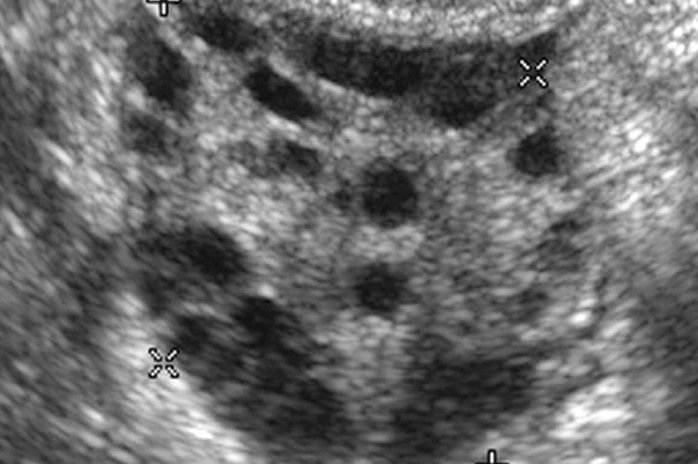Antral Follicle Count In Nagpur
Fertility is a multifaceted domain, and understanding one’s reproductive potential is essential, especially when planning for pregnancy. Among the various fertility tests, the Antral Follicle Count (AFC) is a vital indicator of a woman’s ovarian reserve. The AFC test uses transvaginal ultrasound to count the visible antral follicles—small fluid-filled sacs—within the ovaries at a particular point in the menstrual cycle.
Why is AFC so important? Because it helps both patients and fertility specialists estimate the quantity of eggs a woman may be able to produce during a given cycle. This guide explores every aspect of AFC, offering science-backed insights and practical applications for those on a fertility journey.

What is Antral Follicle Count?
Antral Follicle Count refers to the number of small follicles (2-10 mm in diameter) seen in the ovaries via ultrasound, usually on days 2 to 5 of the menstrual cycle. Each follicle has the potential to develop into a mature egg under the right hormonal conditions.
The count is performed using a transvaginal ultrasound because it provides the clearest view of the ovaries. The technician or fertility specialist will count the number of antral follicles in each ovary, and the total forms the AFC.
This count serves as a proxy for how many eggs a woman might respond with during ovarian stimulation in assisted reproduction procedures.
How AFC is Measured
- Scheduling: The test is performed between day 2 and 5 of the menstrual cycle.
- Preparation: No specific preparation is needed, but an empty bladder is preferred.
- Transvaginal Ultrasound: A thin ultrasound probe is inserted into vagina.
- Counting Follicles: Each ovary is examined, and all visible antral follicles (2-10 mm) are counted.
Normal Range of Antral Follicle Count by Age
- 20-25 years: 15-30 follicles
- 26-30 years: 13-25 follicles
- 31-35 years: 10-20 follicles
- 36-40 years: 7-15 follicles
- 41-45 years: 3-12 follicles
Low Antral Follicle Count
- May suggest diminished ovarian reserve
- Can predict a lower response to fertility medications
- May reduce chances of successful IVF or egg retrieval
High Antral Follicle Count
- Often seen in PCOS (Polycystic Ovary Syndrome)
- Indicates a good ovarian reserve
- Can lead to higher chances of ovarian hyperstimulation in IVF
Implications of AFC for IVF & IUI Success
- IVF (In Vitro Fertilization): A higher AFC usually leads to more eggs retrieved, improving the chances of embryo selection and successful implantation.
- IUI (Intrauterine Insemination): AFC helps guide how much stimulation medication to use for optimal follicular response.
- Egg Freezing: Women with a high AFC have a better chance of retrieving more eggs per cycle. book an appointment at Nobel Imaging and Diagnostic for a medical test
In some cases, a contrast dye may be injected to enhance the visibility of certain tissues or blood vessels. If needed, our staff will discuss this with you beforehand. Contact Us
